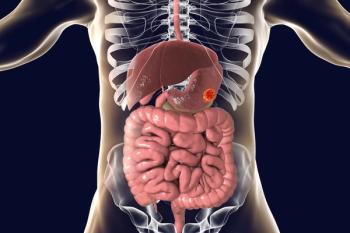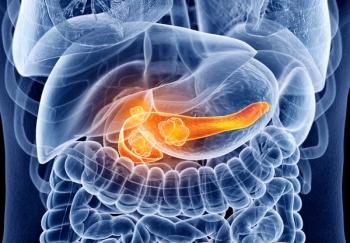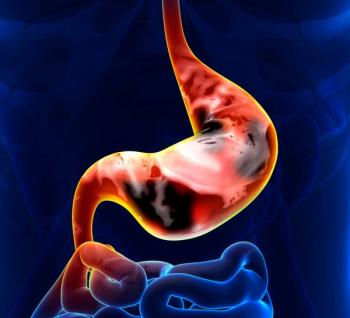
Gene Mutations Lead to Tissue Tension in Pancreatic Cancer
For the first time, researchers suggest that underlying genetic mutations may cause pancreatic adenocarcinoma tumors to stiffen up and produce a dangerous thickening and scarring of the tissue around them.
For the first time, researchers suggest that underlying genetic mutations may cause pancreatic adenocarcinoma (PDAC) tumors to stiffen up and produce a dangerous thickening and scarring of the tissue around them.
Researchers at the University of California San Francisco (UCSF) are reporting in a study
In recent years, researchers started to recognize that fibrotic scarring around tumors is a bad sign for patients. In extreme cases, it can exert such pressure that blood vessels in the tissue collapse, impeding drug delivery, and preventing immune cells from accessing the tissue to demolish the tumor.
“Not surprisingly, there has been a huge effort to prevent this buildup and stiffening of the connective tissue in cancer patients,” said senior author Valerie Weaver, PhD, professor of surgery, anatomy and bioengineering and therapeutic sciences, in a UCSF
Weaver and her team have found that individuals with these “Schwarzenegger tumors” have a poor prognosis and may require a different approach to treatment. Further, the researchers contend that treatment should begin as early as possible. Weaver said it is hoped that these patients’ highly contractile tumor cells may be detectable with noninvasive imaging, making it easier to identify them and guide their treatment without costly genetic tests.
Previous research had identified mutations in genes, such as SMAD4, as potential risk factors for highly aggressive and invasive PDAC tumors. It is theorized these mutations weaken TGF-β signaling. Other studies had shown that lower TGF-β signaling can result in denser and more fibrotic tumors.
Using samples of dozens of human PDAC tumors, UCSF researchers found that tumors showing molecular signs of aggressiveness-including those patients whose disease had progressed particularly quickly-demonstrated worse signs of fibrosis and were surrounded by considerably thicker connective tissue compared to less-deadly tumors. Furthermore, tumors with genetic mutations that weaken TGF-β signaling were more deadly and more likely to show signs of stiffness and fibrosis.
The research team confirmed via mouse models that a weakening of TGF-b signaling could ratchet up tissue tension and increase the amount of fibrosis surrounding the pancreas. Weakened TGF-b signaling boosts the activity of a gene called Stat3, which is involved in producing molecules that affect the stiffness of the connective tissue surrounding the pancreas. This heightened tissue tension in turn activated genes that induce inflammation and more aggressive forms of cancer.
The researchers examined pancreatic tumor samples from human patients to confirm their findings. What they found was that tumors from patients with SMAD4 mutations and short survival times had elevated levels of Stat3, high local tissue tension, altered connective tissue, and molecular signs of a more aggressive status.
“The problem is that no one’s been looking at these physical factors at all. Tissue mechanics change how tumors behave, and cancer genes impact the mechanics. It’s a really important concept to have in our arsenal,” said Weaver.
By targeting Stat3 signaling, particularly in patients SMAD4 mutations, antifibrosis trials could be revisited.
Newsletter
Stay up to date on recent advances in the multidisciplinary approach to cancer.
















































































